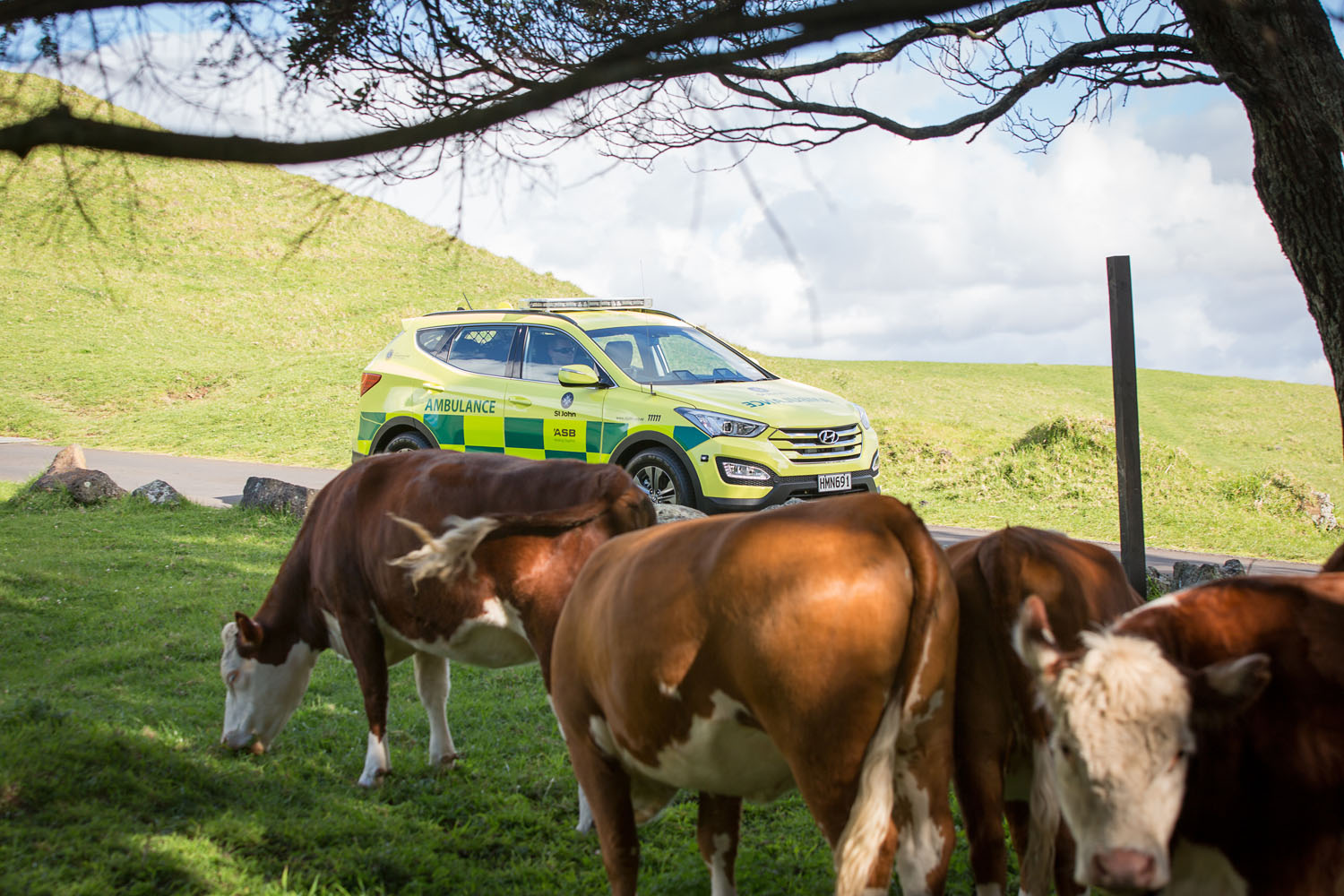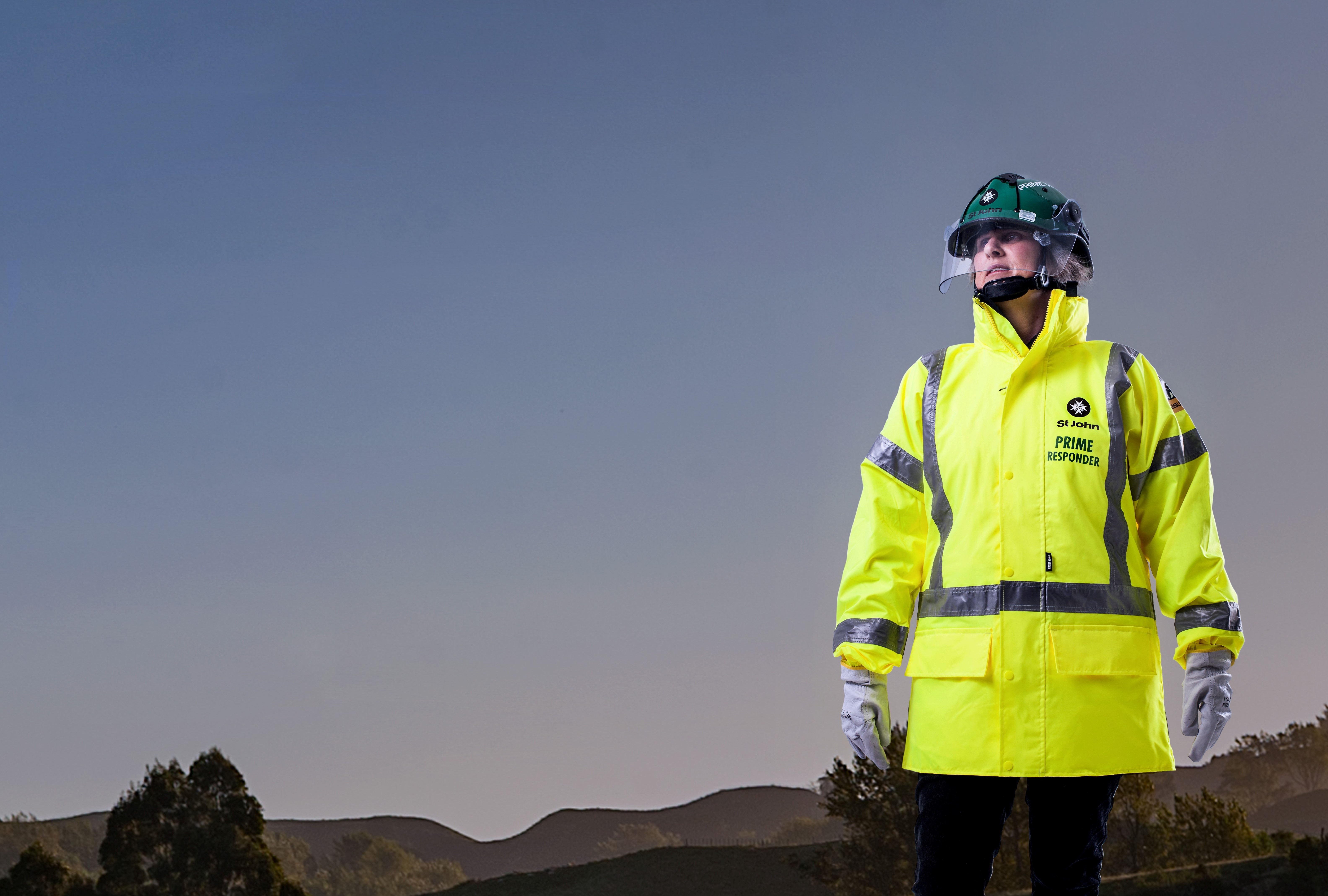PRIME in your community
 The PRIME service is designed to help us respond to rural trauma and medical emergencies faster, by providing further training to local GPs and nurses to support ambulance services with additional skills and interventions.
The PRIME service is designed to help us respond to rural trauma and medical emergencies faster, by providing further training to local GPs and nurses to support ambulance services with additional skills and interventions.
As a PRIME responder, you'll be providing your community with an incredibly important service – ensuring they're well cared for when accidents happen. We'll give you specialist training, meaning you'll be able to provide an even higher level of care and enhance your already considerable skills.
How PRIME works

The PRIME service is jointly funded by the Ministry of Health and ACC and run by us. If you are employed by a medical practice that holds a PRIME contract with us then all costs to become a PRIME responder are paid for by this funding, meaning you essentially get free training.
Once trained, we'll supply you with the equipment you need, and you'll then be placed on a roster system according to your availability and as agreed in your contract with us.
Learn more
Find out more about PRIME
Want to know more? You can get in touch via email.
Email us
Book your PRIME training
Whether you're just signing up or need to book your bi-annual refresher course.
FIND OUT MORE
Need more First Aid products?
Already a PRIME responder but need more gear? Just get in touch.
GET FIRST AID SUPPLIES